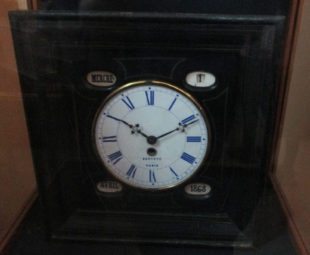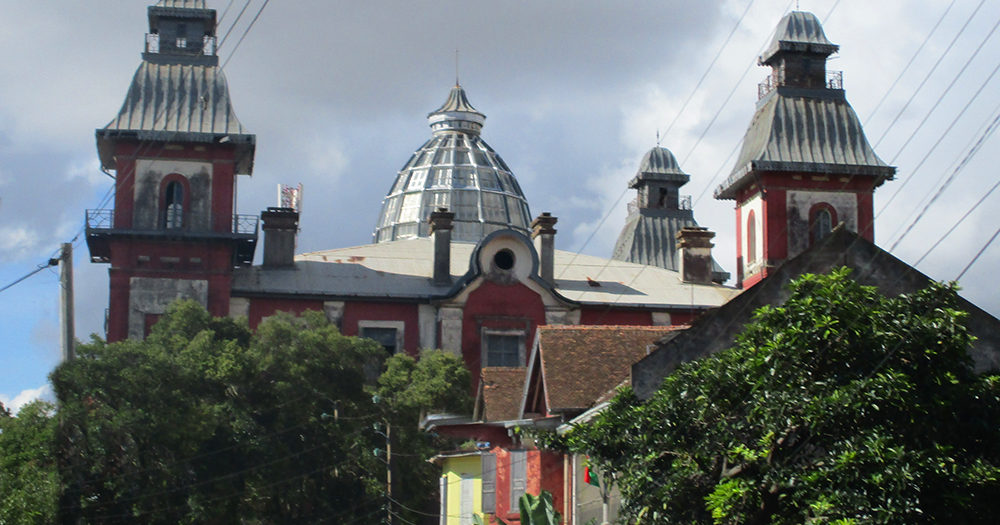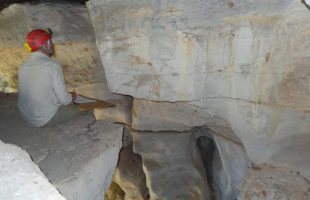If you drive in Antananarivo via Rue Ravelojaona in the direction of Rova, a red-and-white building with four striking towers will immediately catch your eye. It is the palace of the prime minister.
It was built under Queen Ranvalona I for the then Prime Minister Rainilaiarivony. The first palace was still made of wood but was replaced by the present stone building in 1872. The new building was supervised by the British architect William Pool, who was already responsible for some of the buildings in the Rova Palace complex under Queen Rasoaherina. The Madagascan name Andafiavaratra means “facing north”, which is supposed to indicate the palace’s location in relation to the Royal Palace of the Rova. The palace has three floors. In the middle is a high entrance hall, which is covered by a glass dome. It has a wooden floor, a circular wooden gallery on the first floor, and various wooden balconies on the second floor. Each of the four towers houses a bell.

Between 1864 and 1895 the Prime Minister Rainilairarivony lived in the palace. The palace was both a residential and a government building. Rainilairarivony was successively the spouse of the last three queens of the Merina in Antananarivo and had several other marriages on the side. As the husband of several queens in succession, he was able to rule for years and actively shape the society of Antananarivo. In 1895 Rainilairarivony fled to Algeria into exile and the French colonial power took over the palace.
After the independence of Madagascar in 1960, the building was used for various purposes. At times it served as military barracks, a court of law, a school of fine arts, and finally again as the office of the Prime Minister. In 1976 parts of the palace were destroyed by fire. It was not until the end of the 1980s that renovation work began so that the building was fully restored in 1990.
At present, the palace houses the Andafiavaratra Museum in some rooms on the ground floor. The upper floors are not open to visitors. However, even on the ground floor, there are only a few exhibition rooms to be taken seriously. The museum rather resembles an untidy junk room. The main exhibits are the objects rescued from the Rova fire in 1995. It is said that 1466 historical objects still exist. Only a fraction of them – among them some paintings, an old throne, and various objects from the times of the London Missionary Society – have been prepared for the visitors. A big part of the historically valuable remnants exist unprotected in storage rooms, you will look for inscriptions in vain. The entrance fee is 10.000 Ariary and is only worthwhile for travelers who are really interested in the history of the Rova. By the way, it is not surprising that the crown jewels of the Merina were stolen from this museum in 2013. They have not reappeared since.
 MADAMAGAZINE Your Magazine about Madagascar
MADAMAGAZINE Your Magazine about Madagascar







